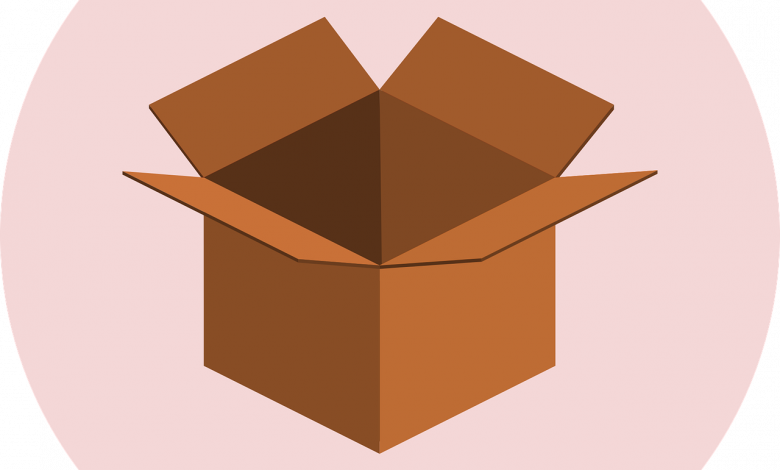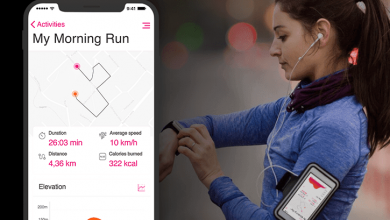The Guide To Custom Subscription Boxes

A well-designed subscription boxes may boost your product and brand to new heights, leaving your customers thrilled about their purchase. The perfect custom subscription box should be large enough to hold your products comfortably. However, make sure your box isn’t too huge to make your product float or too little to allow it to pop out at any point. Overall, your packing should look fresh and well-organized. Pay attention to the smallest details, whether it’s product positioning or package design. To be accurate, the feel and look of your mailer boxes are just as important as the products they include.
It’s an important strategy to keep existing customers and provide new members with a good first impression of your brand. As a result, choosing suitable packaging boxes is critical to gaining subscribers. If you’re thinking about starting a mailer business or already have one. Here are some interesting subscription packaging box ideas to think about. Keep in mind that every packaging box starts with materials. Here are some of the most common materials used to make custom boxes.
Material of custom subscription boxes:
Custom Mailer boxes:
For subscription services, custom mailer boxes are the best option. Paperboard boxes are more rigid and heavy than these. It makes them strong enough to protect your products during the shipping process. Of course, printing can help in creating the ideal customer mailer box packaging for your subscription business. However, there are a variety of design aspects, size, and quantity options. You won’t need to hire a graphic designer or invest in costly design software. Customers can get free design help from the packaging provider. Once you’ve chosen a design, the firm’s professionals will use cutting-edge technology and the most advanced printing techniques to bring your custom mailer boxes design to life.
Shipping boxes:
If you’re looking for a way to protect your products, this is a good choice. The shipping boxes are made of corrugated cardboard and provide more mass and protection than mailer boxes. You can style the boxes as you want. There are also size, quantity, and design options. As always, you can get ideas from other sectors’ businesses or items that use shipping boxes to produce creative packaging.
Folding cartons:
Folding cartons, unlike shipping boxes, are made of paperboard, which is a lightweight material. It’s a good choice for product packaging in general. Paperboard folding cartons work well for packaging cosmetics and food products. But they’re not ideal for subscription-based businesses. Sure, paperboard containers are tough, but they’re not the best choice for shipping. It is suggested that you choose a more sturdy option that can resist external risks.
Padded bubble mailer:
These are usually thick envelopes with bubble padding within. This isn’t the best way to pack your products if your offerings are too small. Because they don’t require extra protection, you can use them to mail items like clothing. While it’s a great way to save money on shipping, the packaging is quite insecure. Furthermore, they lack the excellent design and exceptional unboxing experience that custom boxes deliver.
Custom subscription boxes packaging designs:
Now it’s time to get creative with your subscription box packaging design. It’s time to start designing your box. It can help you bring your beautiful design to life by printing it in full CMYK color.
Logos and photos:
Maintain close coordination of your logo or design layout while also paying attention to colors and graphics. You can even add photos, patterns, or sketches from your own collection.
Colors:
When it comes to selecting the main colors for your packaging, it’s best to stick to your brand colors. These are the colors that your customers are most familiar with and with which they will connect the most. Your brand colors will help develop trust and loyalty by easily identifying your product. However, if you want to give your packaging a unique look or feel, you may always play with colors.
Dark colors can give your packaging a more established and serious feel. They’re also great for displaying high-end items or creating a sense of mystery about what’s inside. When you’re trying to convey simplicity or cleanliness, use light colors or pastels to give your packaging a cleaner look. For youthful businesses, light colors work well. When you want to grab your customer’s attention and make your package stand out, use bright colors. Bright colors are energizing, entertaining, and eye-catching.
Vectors:
When creating your boxes, use vector graphics to ensure that your design looks fantastic and prints as clearly as possible. It’s best to avoid using photogenic graphics and text and save your design as an Adobe Illustrator file or a vector-based PDF. When your artwork is sent to Prepress for final printing, you won’t have any headaches or delays.
Die lines:
A die line is a two-dimensional (2D) flat template that shows how your design will look when the box is flat and unassembled. It’s a simplified representation of your 3D packaging. A die line serves as a guide for both the designer and the printer in ensuring that your artwork is properly put out and placed on your box. When it’s time to print your box, it also helps machine operators. A die line informs operators and printers on how to make the box and where each cut and crease should be made.




